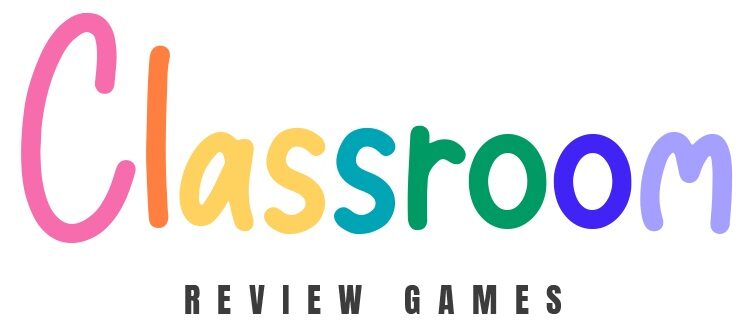7 Popular EdTech Games
An EdTech game is a digital game designed specifically for educational purposes. It combines elements of gaming, like challenges, rewards, and interactive gameplay, with educational content to make learning more engaging and fun. The idea is to use the motivating and immersive aspects of games to help students learn and practice new skills or concepts.
Here are some popular EdTech games:
1. Minecraft: Education Edition
Minecraft: Education Edition is a game-based learning platform that promotes creativity, collaboration, and problem-solving in an immersive digital environment. Educators around the world use Minecraft to engage students across subjects and bring abstract concepts to life.
How to Play in Classrooms:
Teachers can create or select existing worlds tailored to specific subjects. Students then explore these worlds, complete tasks, and learn concepts in an interactive, block-based environment.
2. Prodigy Math Game
Prodigy is a math-focused game that aligns with curricular standards for students in grades 1-8. It uses a fantasy-based theme where students answer math questions to progress through the game.
How to Play in Classrooms:
Teachers assign math questions based on the current lesson. As students solve these problems, they earn rewards in the game, encouraging them to practice more.
3. Kahoot!
Kahoot! is a game-based learning platform used to create quizzes and interactive lessons. It’s popular for its engaging, fast-paced quiz games.
How to Play in Classrooms:
Educators create quizzes related to their teaching material. Students then join the quiz using a unique game PIN and answer questions in real-time. The game fosters competitiveness and fun through immediate feedback and a leaderboard.
4. Duolingo
While not a traditional game, Duolingo gamifies the process of learning a new language. It’s designed to feel like a game, with learners earning points for correct answers, racing against the clock, and leveling up.
How to Play in Classrooms:
Teachers can use Duolingo to supplement language lessons. Students complete lessons in the app to practice vocabulary, grammar, and pronunciation in a fun, game-like format.
5. BrainPOP
BrainPOP features a variety of educational games across different subjects. The games are designed to complement the educational videos and materials provided on the BrainPOP platform.
How to Play in Classrooms:
After watching educational videos, students can play related games to reinforce the concepts they’ve just learned. Teachers can use these games as interactive exercises that complement their curriculum.
6. Quizlet
Quizlet offers various study tools and games to help students learn information. Its game-like features include flashcards, match games, and live quizzes.
How to Play in Classrooms:
Teachers create study sets of terms and definitions, which students use to play matching games or to compete in live quiz games. This helps reinforce vocabulary, historical dates, scientific terms, and more.
7. Code.org
Code.org is known for its Hour of Code activities, which are designed to introduce students to computer science and coding in a fun and engaging way.
How to Play in Classrooms:
Educators can use the Hour of Code tutorials during class to teach the basics of coding. These tutorials often feature game-like activities and puzzles that students solve using coding principles.
My Favorite EdTech Game
I like to play “Minecraft: Education Edition” with my middle school students.
Here’s why:
The game offers a unique mix of creativity, collaboration, and problem-solving within a digital environment, which can be incredibly engaging for students. Minecraft’s open-ended nature allows various educational applications, from exploring scientific concepts to creating historical simulations. This flexibility means it can be adapted to suit various subjects and age groups. I like that the game encourages critical thinking and digital citizenship, skills crucial for students in the modern world. I can provide a learning experience that is educational, interactive, and fun, which can be particularly effective in maintaining student interest and motivation.

